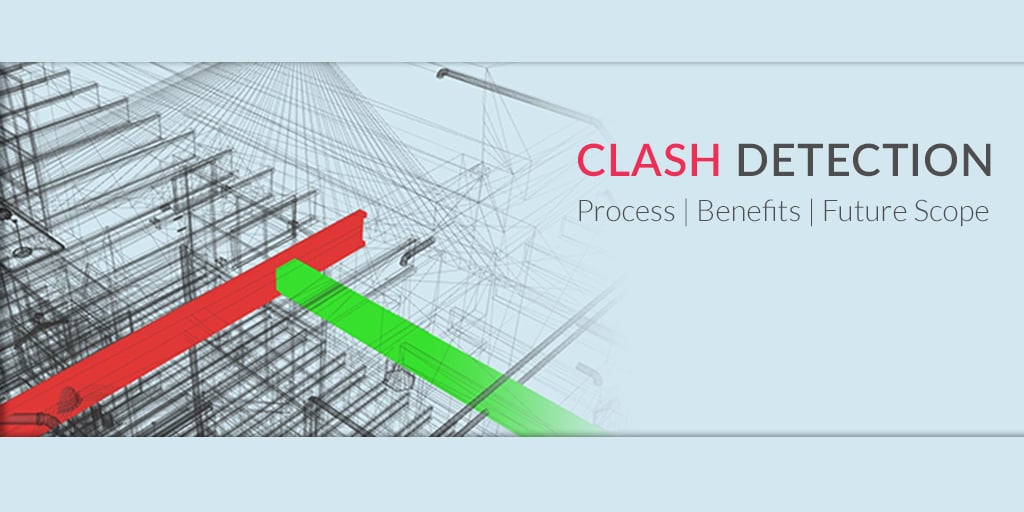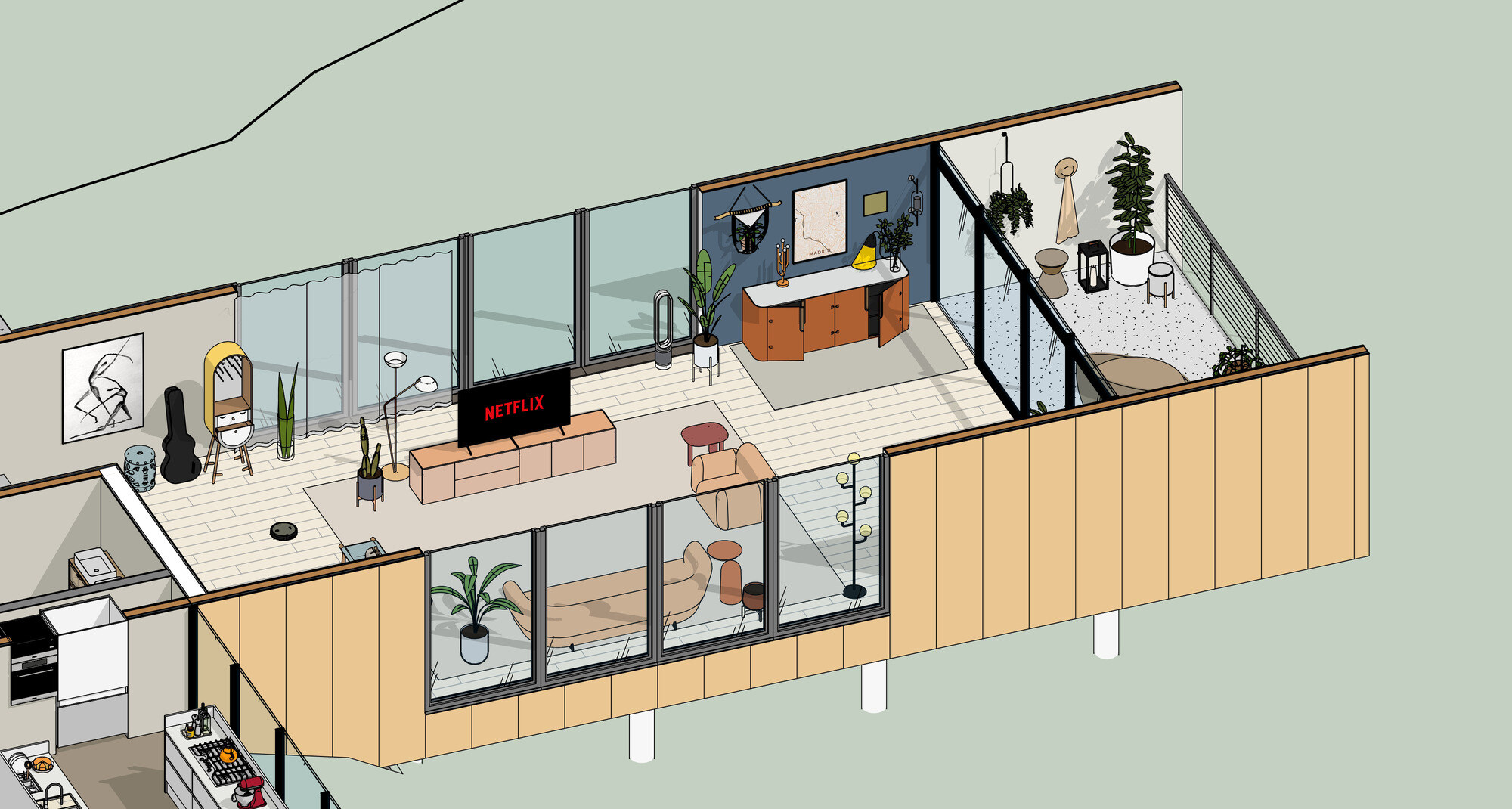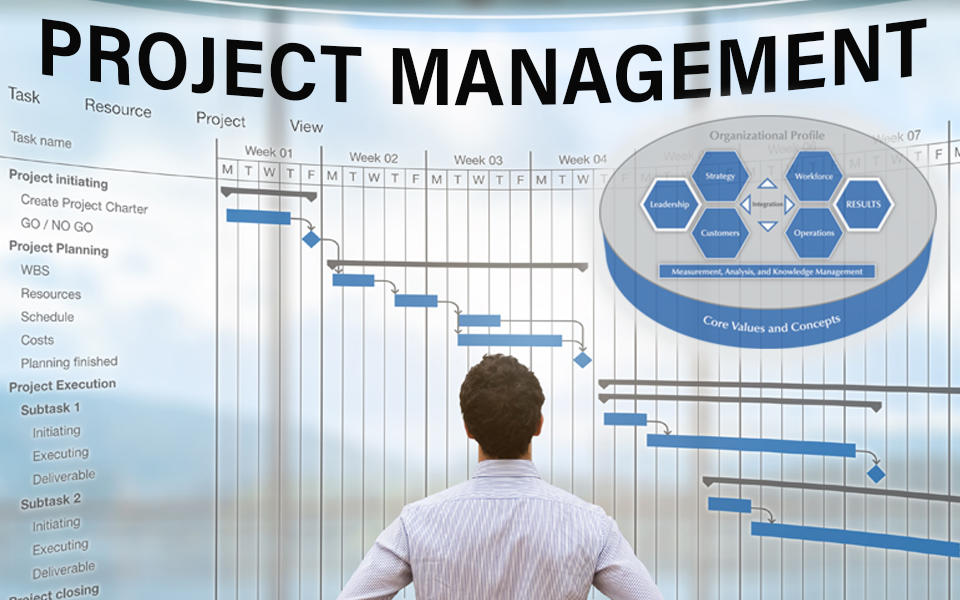BIM Misconceptions in Construction: 10 Myths Debunked

Table of Contents
What is it about Building Information Modelling (BIM) tools that makes them so special for AEC (Architectural, Engineering, and Construction) professionals? What power does it hold in today’s tech-savvy world?
If we look at the bigger picture, BIM is the latest technological advancement in the AEC world. It allows for the automatic generation of workflows, real-time updates during construction, and access to specific information about each task for construction workers. It helps manage and maintain the structure once it is constructed. However, since the AEC industry is still in the early adoption stage, several misconceptions about BIM need to be addressed. Read along to find out.
What is BIM?
BIM is a methodology that allows architects to create multiple digital design simulations to manage project information. BIM technology breaks down a building or structure into constituent parts to understand and store information about it. BIM does everything, from using 3D digital models to collaborating with respective stakeholders, improving the technical specifications of a project and more!
To understand better, watch this video: https://youtu.be/UODDUz4ftZk?feature=shared
There are several myths and misconceptions about BIM—many people think it’s merely software, but that’s not true! Read the blog to demystify such myths and understand BIM better!

Myth #1: BIM is Just Used for 3D Modelling
BIM is usually seen as a tool to design 3D models. However, it is a methodology that involves 3D modelling by integrating data for comprehensive project management. Although multiple BIM software are used to create visual representations of buildings and structures, it facilitates communication between stakeholders at all stages of the building process, from design to facility management.
Myth #2: BIM is a Software
BIM is often mistaken for just software. It is a comprehensive process that integrates tools, techniques, and data to manage the entire lifecycle of a building project, from design and construction to operation and maintenance. BIM software also enhance sustainability, efficiency, and regulatory compliance while integrating technologies like VR (Virtual Reality), AR (Augmented Reality), and IoT (Internet of Things), ultimately leading to significant cost and time savings and improving the construction project quality.
Myth #3: BIM Lacks Long-term Productivity Benefits
BIM generates a data-rich model that helps all project stakeholders stay in the loop and get immediate feedback. It significantly enhances productivity by fostering collaboration, reducing errors, and improving project efficiency throughout its lifecycle. Hence, its results have a futuristic impact, as BIM helps understand and plan building maintenance after the completion of construction.
Also Read: How Can BIM Effectively Help End Corruption in the AEC Industry?
Myth #4: BIM is Prohibitively Expensive
Any tool or skill might seem expensive at the start, but its results are always fruitful in terms of long-term, and quite affordable too. To understand better, imagine this – you have all your design sorted out for a building, and it is in the construction stage. But, during the construction, you find out that there was an error in the design that will have a major impact on the structure.
The cost would be high for repairing the structure in the middle of construction. However, BIM highlights these errors in the design stage and gives out multiple solutions and iterations. In all, BIM helps avoid all these costly mistakes making the overall system collaborative and better. Hence, BIM is more of a long-term investment.

Myth #5: BIM is Exclusive to Large-scale Projects
It is a misconception that BIM is exclusive to large-scale projects. In reality, it offers scalable solutions that enhance collaboration, efficiency, and accuracy regardless of project size. BIM's ability to streamline workflows, reduce errors, and improve cost and time management applies to projects of all scales, making it a valuable tool for any construction process. Furthermore, its adaptability and the availability of various BIM tools tailored to different project needs ensure that even small-scale projects can leverage its advantages in design, construction, and facility management. So, BIM can be used in designing small-scale projects like a house, and office floors, as well as large-scale projects like railway stations, skyscrapers, bridges, and more.
Myth #6: BIM is Just a Passing Trend in Construction
It is one of the biggest myths which is completely untrue. BIM is an evolution that is here to stay. It is becoming the business-as-usual system in the industry and those who adapt to it early will surely gain the most from it. Leading countries are adopting BIM tools and have been successful in streamlining the various processes of construction and increasing productivity. BIM is more than just a fad; it is a critical tool for facilitating growth within the construction industry.
Myth #7: Only Designers and Contractors Benefit from BIM
BIM is a very useful process that benefits designers, contractors, civil engineers, architects, and building owners. It provides a comprehensive view of the entire project's information, ensuring accurate data communication to all relevant stakeholders. This holistic approach enhances collaboration, streamlines workflows, and improves decision-making across the board, ensuring that everyone involved in the project, from inception to maintenance, gains significant value from the process. It allows a complete view of the entire project information while communicating accurate data to all relevant stakeholders.
Also Read: How BIM Benefits Small Firms and Independent Consultants?
Myth #8: BIM's Primary Function is Resolving Clashes
While BIM does allow easy clash detection as the work of various teams intersects at strategic phases, it is much more than just resolving clashes. It facilitates communication between designers and construction teams and can be used at all stages of the building process, from design to facility management.

Myth #9: Clients Struggle to Understand BIM
BIM plans allow for much better collaboration and communication between all project stakeholders. It allows various professionals to access BIM plans whenever they need to, reducing errors and rework that come from using incorrect information. Hence, it is not a struggle but a much easier approach for clients and other stakeholders to understand projects.
Myth #10: BIM Geometry Requirements are Overly Complex
BIM is much more than just 3D modelling and it helps create models in up to 7D, incorporating dimensions such as timeline scheduling, cost estimating, sustainability analysis, and lifecycle management. BIM tools are equipped to manage both high and low-detail models, allowing users to focus on the necessary level of complexity for their specific needs without being overwhelmed by unnecessarily intricate requirements. By using manufacturer-specific BIM models, BIM engineers can now create an exact digital twin of the physical construction with intrinsic product data such as weight and other measurements. This adaptability makes BIM accessible and practical for a wide range of projects and users.
Conclusion
In summary, BIM is a fundamental methodology in current architectural design, allowing for the creation of digital design simulations to manage all project information. It offers various levels of implementation with significant benefits for the architecture and construction industry. And you, as an AEC professional, must master this skill to gain a competitive edge in the industry.
Novatr has curated BIM Professional Courses for both Architects and Civil Engineers that will help you master 10+ BIM software with their industry workflows in just eight to nine months. These include enhanced construction processes, increased worker safety, improvements in structural integrity, environmental design, materials usage, energy efficiency, and much more.
Also Read: BIM for Structural Engineers: Top Benefits, Significance, and Work Opportunities | 2025 (Updated)
To learn more about the current trends in the AEC world, head to our Resource Page!

 Thanks for connecting!
Thanks for connecting!
-1.png)
.png?width=767&height=168&name=BIM-C%20A%20(Course%20Banner).png)
.png)
.png)


-1.png)

.jpg)

